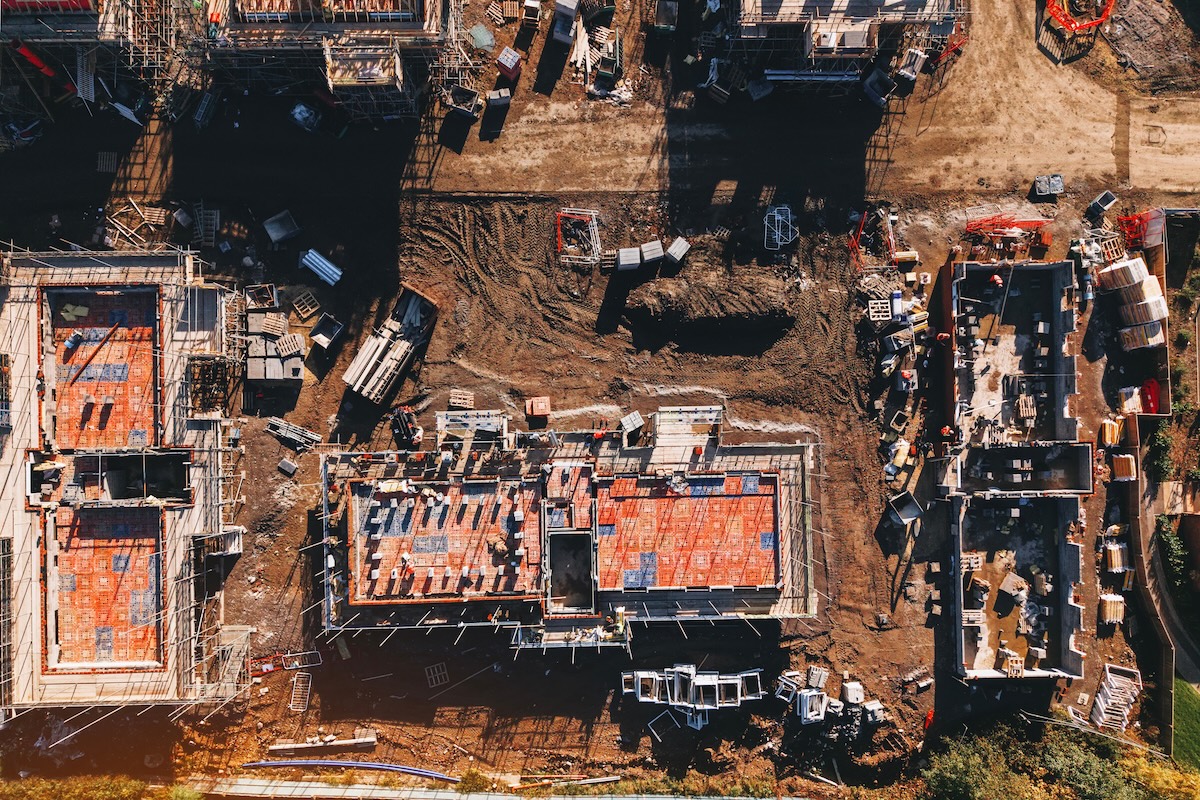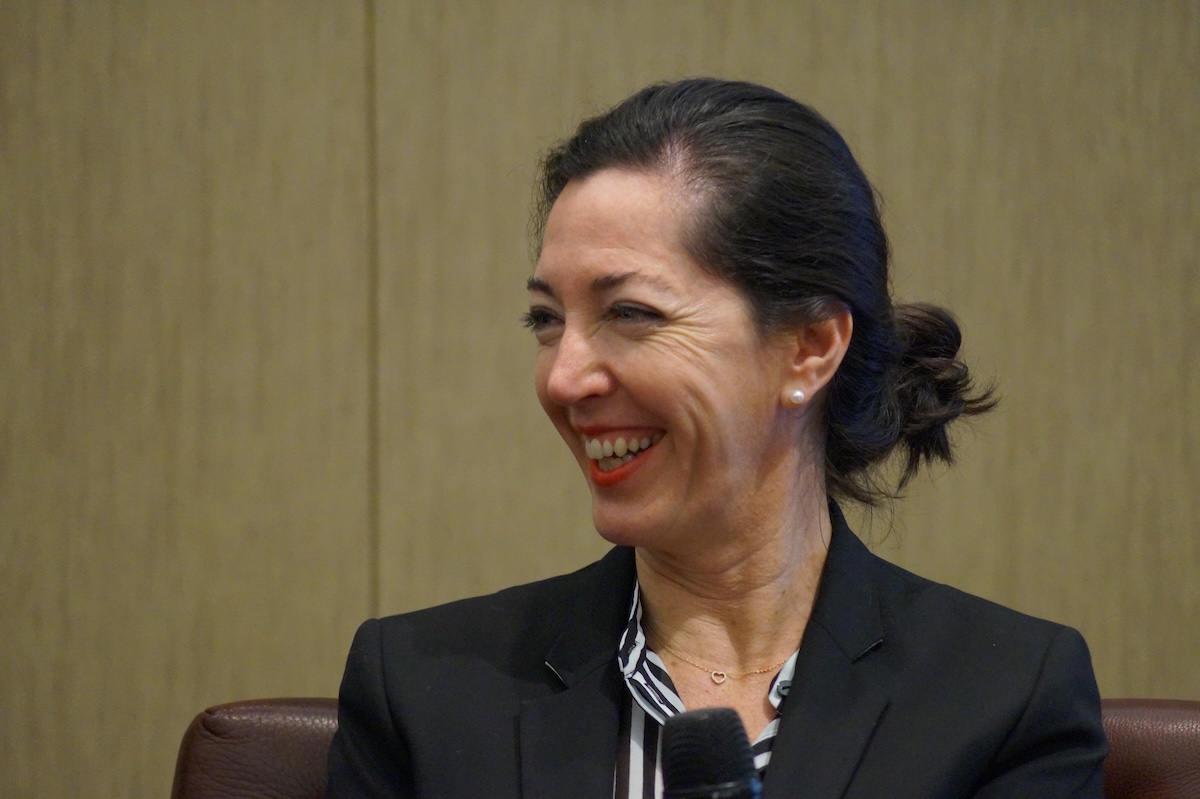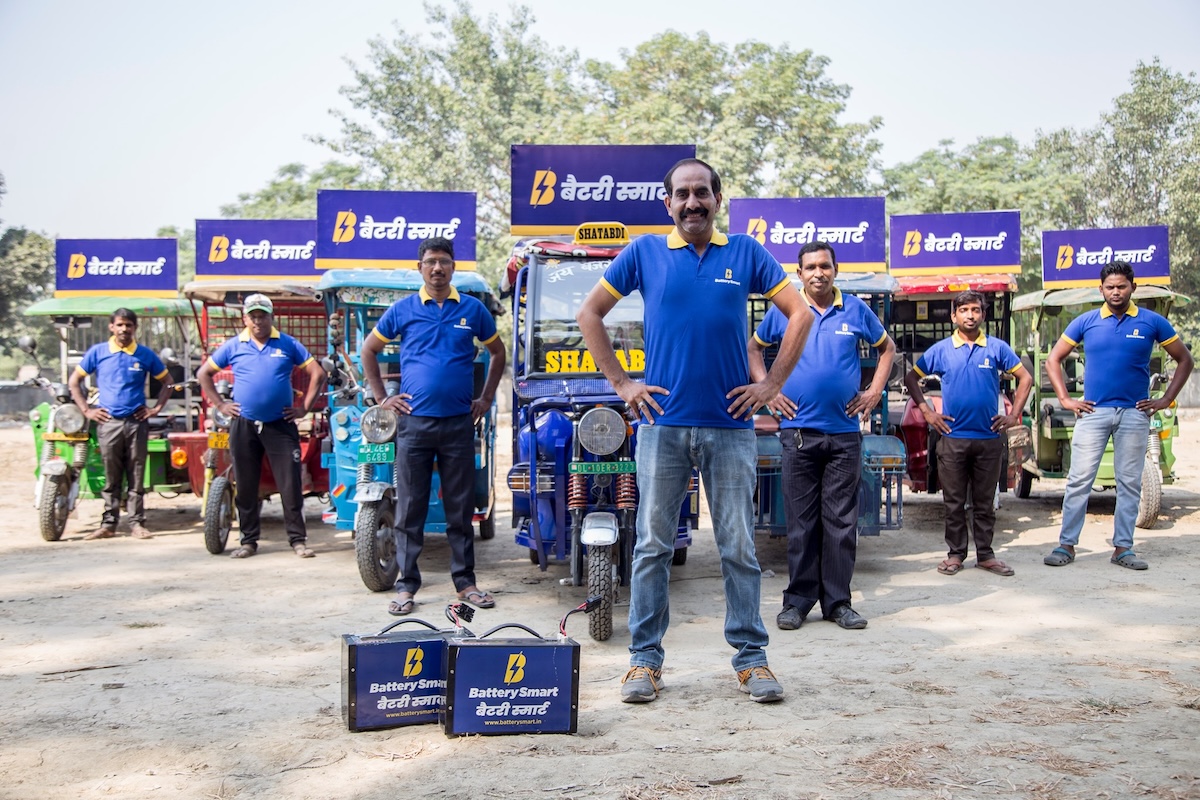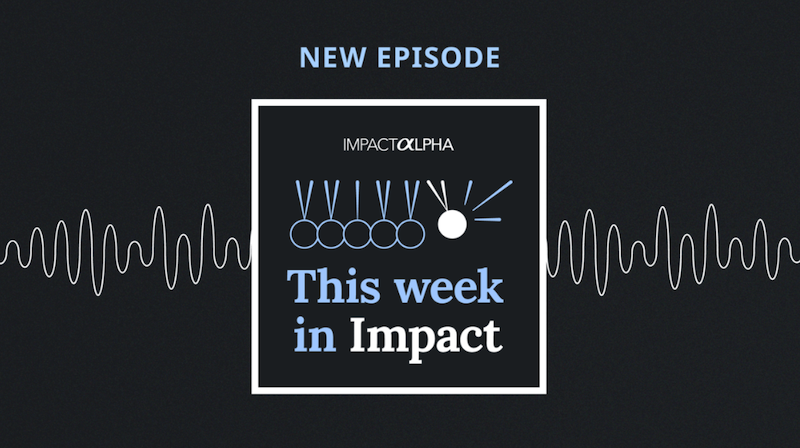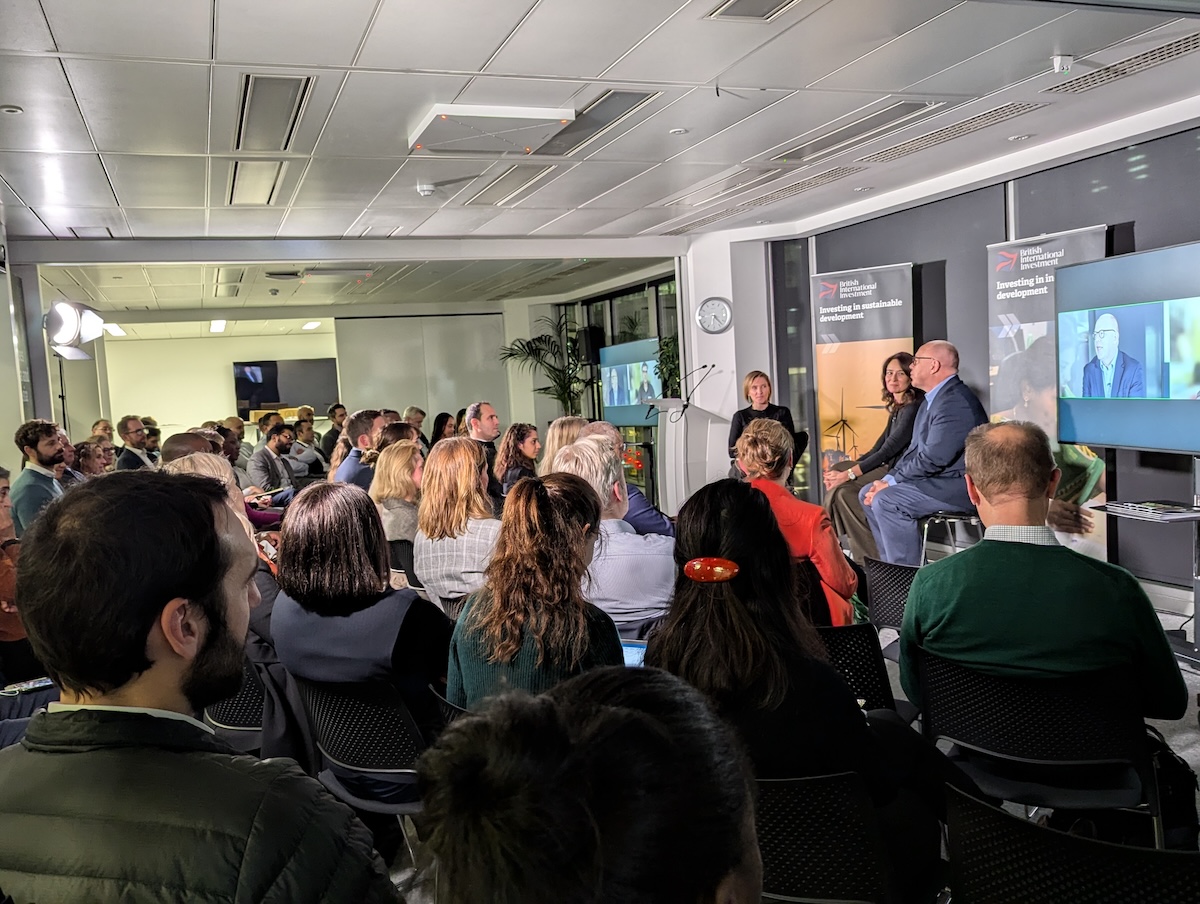ImpactAlpha, Mar. 24 – Work the room at any global development or impact investing conference and you’ll hear grumblings about how development financial institutions shun risks in emerging markets. DFIs, as the quasi-governmental investors are known, insist on standard commercial terms in three-quarters of the blended-finance deals in which they participate, according to a new report from Convergence.
In just 25% of deals do the DFIs accept concessions in order to “crowd in” commercial investors. That is, rather than being catalytic, DFIs have mostly been catalyzed by aid agencies or foundations. “There’s definitely scope to take on more risk,” Convergence’s Ayesha Bery told ImpactAlpha.
The report, “How DFIs deploy catalytic capital,” showed a DFI preference for low-risk senior debt. “Why not be subordinate, or even first-loss, and take on even more risks?” asks Bery, in order to bring in more private capital.
Exceptions to the rule
DFIs do deploy around $1.6 billion a year in catalytic capital on concessional terms, leveraging four times that amount in private capital. Most of that catalytic capital flows to deals in lower-income countries.
The MASSIF Fund, managed by Dutch development bank FMO, for example, has committed more than € 545 million ($600 million) in loans, equity, mezzanine and guarantees to support micro and small enterprises in developing countries.
IDB Invest provides catalytic funding for mitigation and adaptation projects in Latin America through two IDB Canadian Climate funds totaling CAD$473 million ($378 Million).
Beyond blended finance
DFIs deploy catalytic capital outside of blended finance, notes Bery, though it can be harder to track.
The UK’s CDC Group, for example, through its MedAccess strategy, uses volume guarantees to make medicines more accessible in poorer countries.
The IFC’s Scaling Solar Programme promotes development of utility-scale solar power plants in sub-Saharan Africa and South Asia with capacity building, tendering, financing and insurance and credit enhancement.




